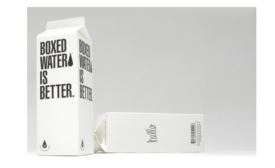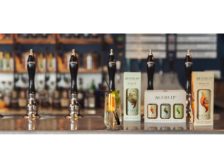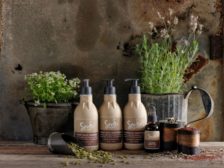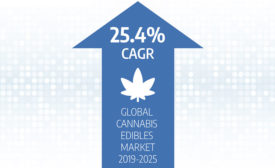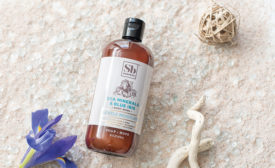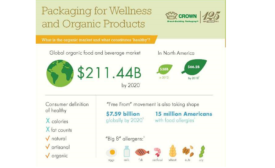Home » consumer demands
Articles Tagged with ''consumer demands''
Brand Packaging
Social Packaging Impact for Brands
As societal and cultural norms continue to evolve, social media has become the epicenter for consumer brands looking to take a stand for their values.
June 15, 2021
Materials
The Role Closures Play in E-Commerce Packaging
The changing landscape of e-commerce packaging and the role closures play
July 17, 2019
Materials Technology: Caps & Closures
Four Crucial Considerations for Package Reclosability
The rapid growth of stand-up pouches presents considerable opportunities for brands.
July 12, 2018
Cover Story
Packaging Outlook 2018: Fundamentals Drive Packaging Innovation
This report is an excerpt from the 2018 Packaging Outlook Report, featured in Packaging Strategies NEWS.
March 1, 2018
Sealing the deal with health-conscious consumers
Advances in packaging support growing demand for organic and gluten-free foods.
August 2, 2017


